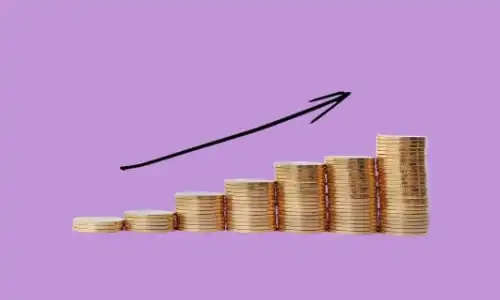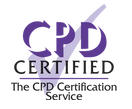
Learn the basics of
Economics
Economics is a social science that explores the problem of scarcity. It investigates the way in which scarce and limited resources are allocated to meet unlimited human wants. The subject is commonly divided into microeconomics and Macroeconomics, but the course starts off with an introduction to microeconomics that covers the basics before transitioning to advanced microeconomics. The course then transitions into macroeconomics before ending off with international economics.
5,681
Graduates
All levels
Certified

Course details
MODULE 1
Diploma in Economics
MODULE 1
Diploma in Economics
1.What is Economics?
In the first lesson of the course, we first want to understand what exactly economics is all about. We also ask what the main economic problem that each country face, and delve into the thinking that different economists use to provide a solution to this problem. We then cover the ten main principles of economics, and take a look back into history and describe what the world has learned from previous crises like the Great Depression, the 2008 Financial Crisis, and the 2020 COVID-19 Pandemic.
2.More Basic Concepts
Before jumping into supply and demand in the next lesson, some basic concepts in economics must first be covered. When talking about economics, the concept of opportunity cost always comes up, and it leads to the discussion and illustration of indifference curves. Budget Constraint curves also go together with indifference curves. Then, we show that in each economy, there are several key roleplayers that have a trade-off of their own, and how the flows of production, income, and spending between households and firms are the lifeblood of an economy.
3.Supply & Demand
Supply and demand are the key pillars of economics. Many economic concepts include these two terms as they show how a sensitive balance can be achieved in the market of any good or service where the consumers pay what they are willing to pay and suppliers sell their good or service at the price they are willing to sell it at, given a certain quantity. We will also name all of the determinants of demand and supply and explain in what way they affect the demand and supply curves. Finally, we will briefly touch on market equilibrium before covering it more extensively in the next lesson.
4.Obtaining Market Equilibrium
In this lesson, we bring supply and demand together to show how the price of a product is determined. When these two curves meet, we can obtain equilibrium in the market. We will also illustrate how, if the price of a product isn't correct, a shortage or surplus can occur instead of equilibrium. We then also show on the demand and supply curves the formation of consumer and producer surplus, and how one increases while the other decreases when the price of a good or service changes.
5.Elasticity
Elasticity shows that not all goods and services are treated the same in economics. Here we will study the mechanics of elasticity for both demand and supply, as well as investigate the elasticities of relational goods and services.
6.The Public Sector
Here we investigate how the government affects the economy at the micro-level. All businesses are affected by the body that governs them, and this is done so using price control and taxation. Taxation causes a deadweight loss effect, which we will cover. We will also look at the different types of goods and how governments control some of these goods.
7.Production
In this lesson, we look at the supplier's side of trading by studying different production functions over the long-run as well as the mechanics of production in the short-run. We then introduce the concept of returns to scale.
8.Costs
The biggest challenge suppliers face is costs. In this lesson, we study the different cost structures over different lengths of time, and we illustrate marginal product, average product, marginal cost and average costs on the costs curves graph.
